Battery-less, Updatable Interface,
Customizable Smart Switch Panel
LifeSwitch gives you added accessibility to products and experiences that you utilize everyday in your home
What is LifeSwitch
Lifeswitch is a smart button panel that was invented to be purposed for smart home applications. It's combination of technologies enables a multitude of usecases giving incredible flexibility to users on when and where they want to interact with their smart home products and appliances.
Interface, Battery-less, Customizable
Lifeswitch has a huge pool of different use cases that it enables for users to access. Having an interface gives important accessibility, having no battery enables installation of the user's choosing, and the ability to customize the button's functions allow for immense flexibility for what a single Lifeswitch can be used for.
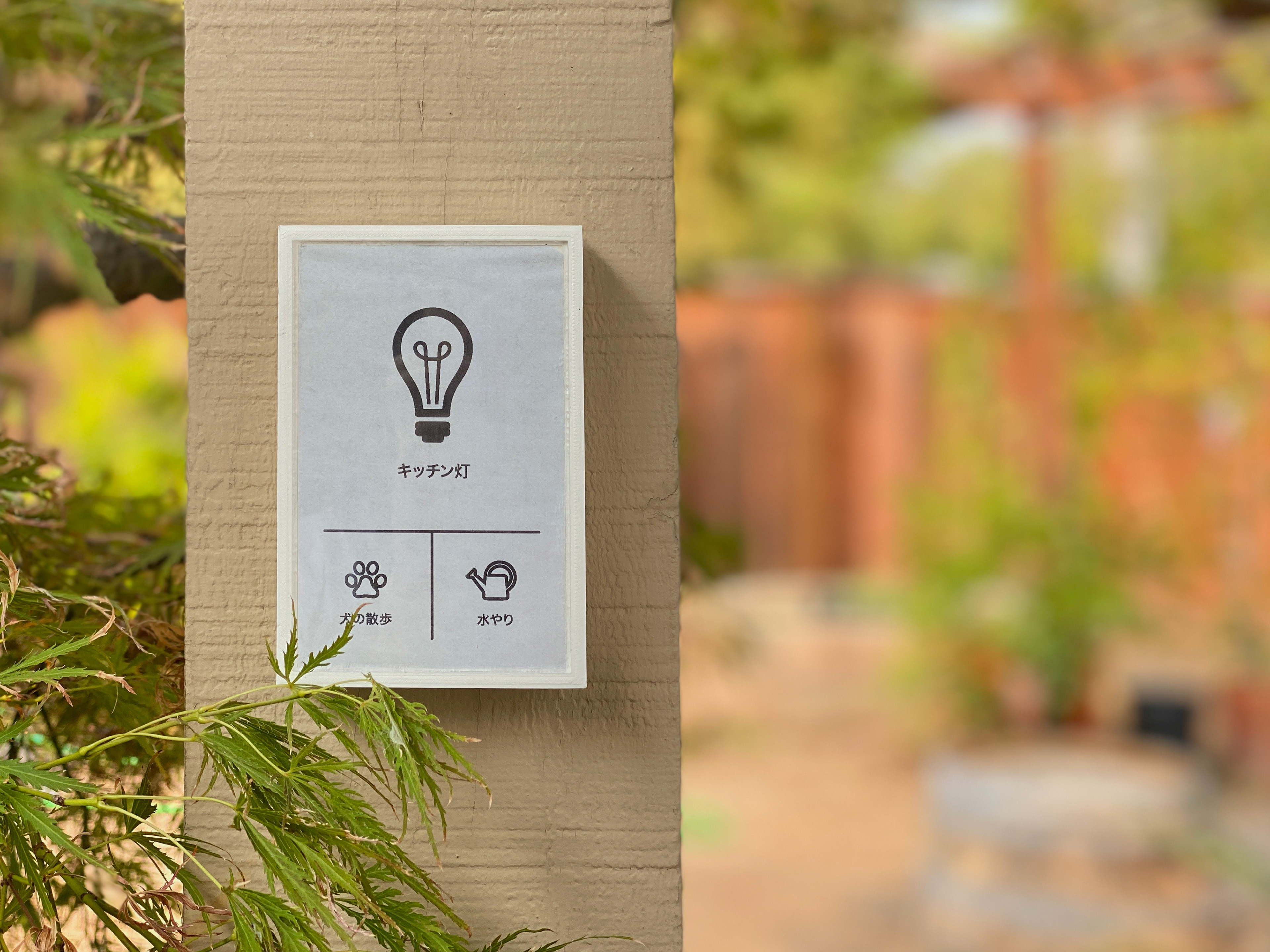
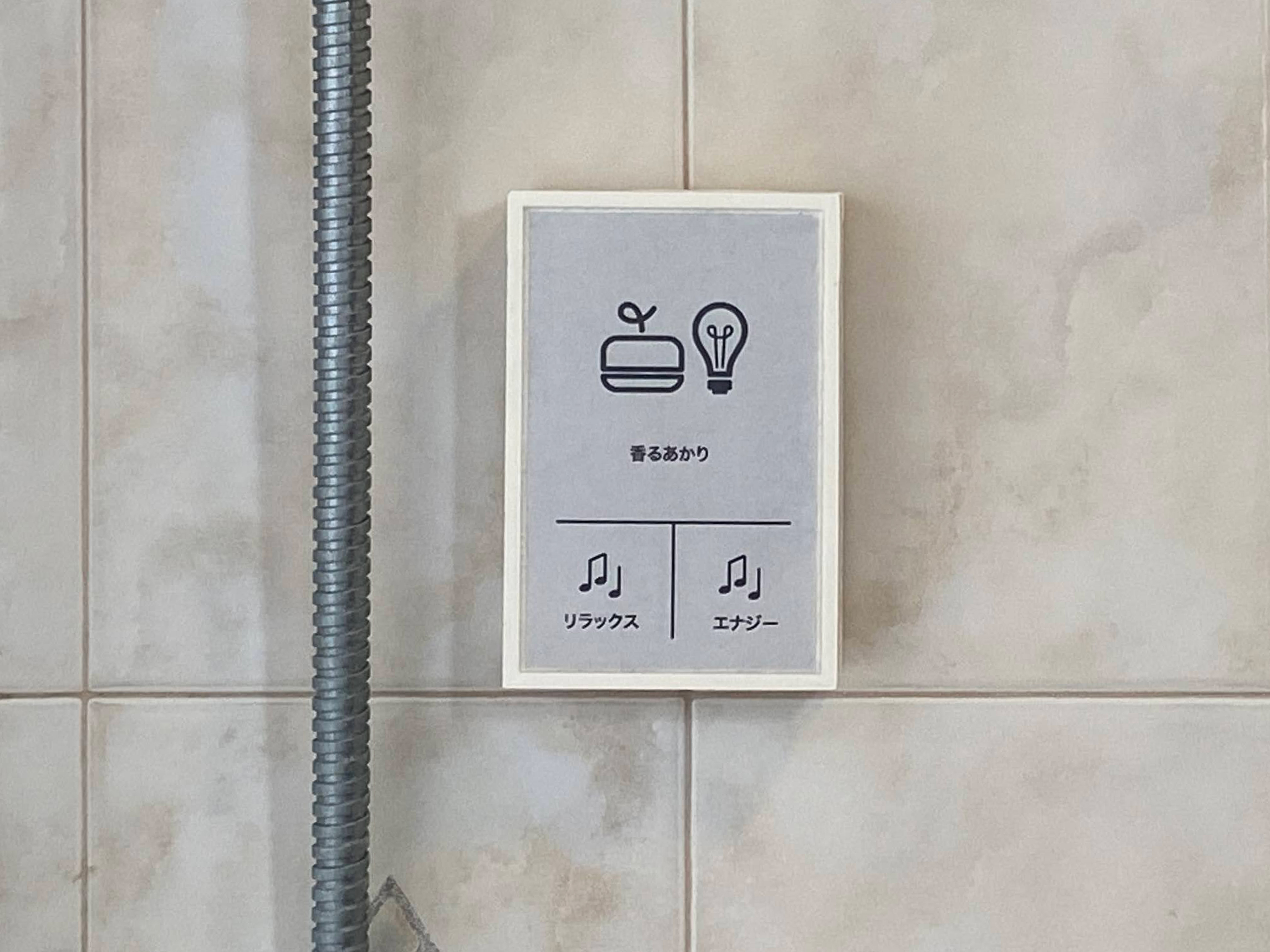
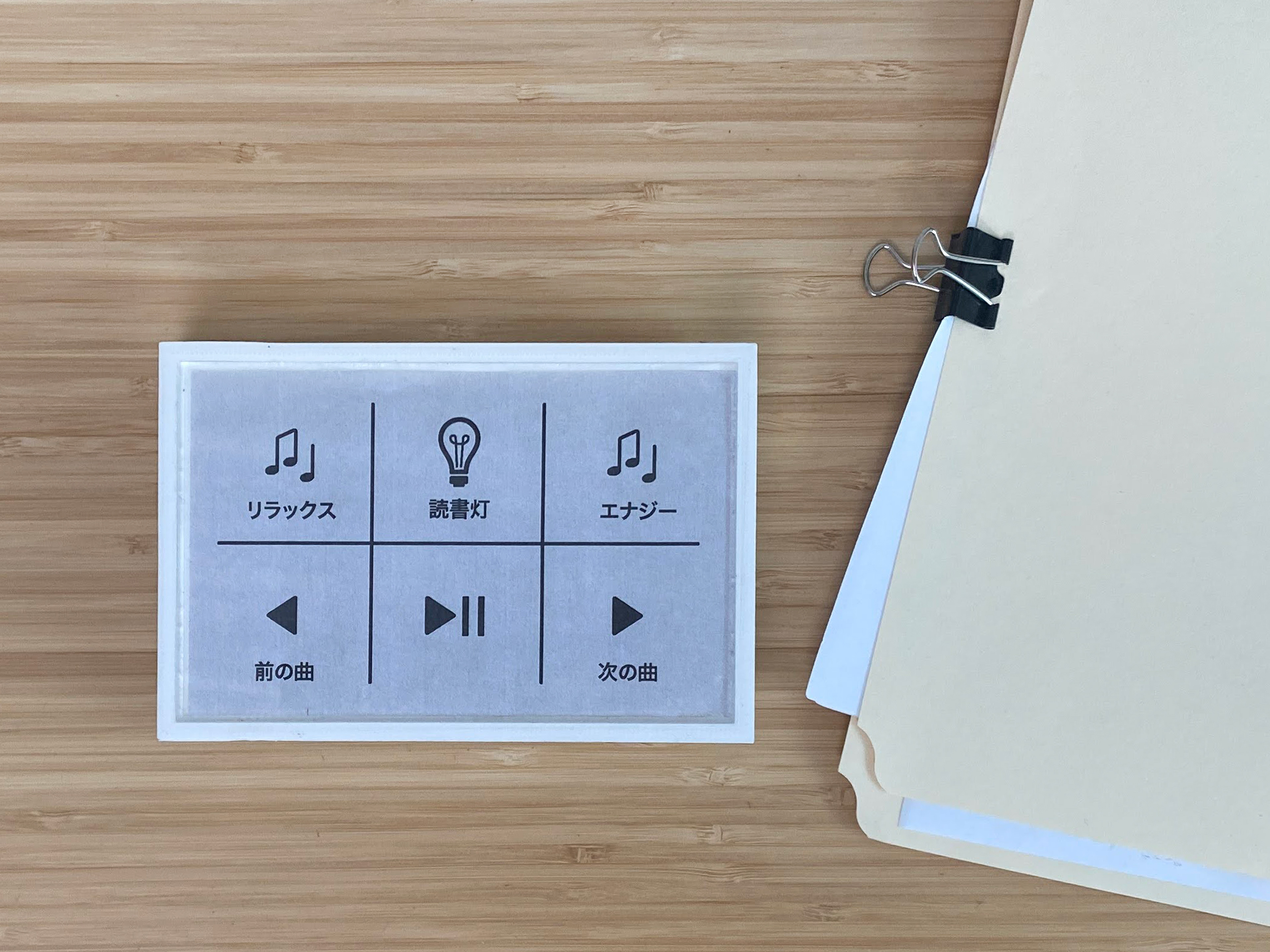
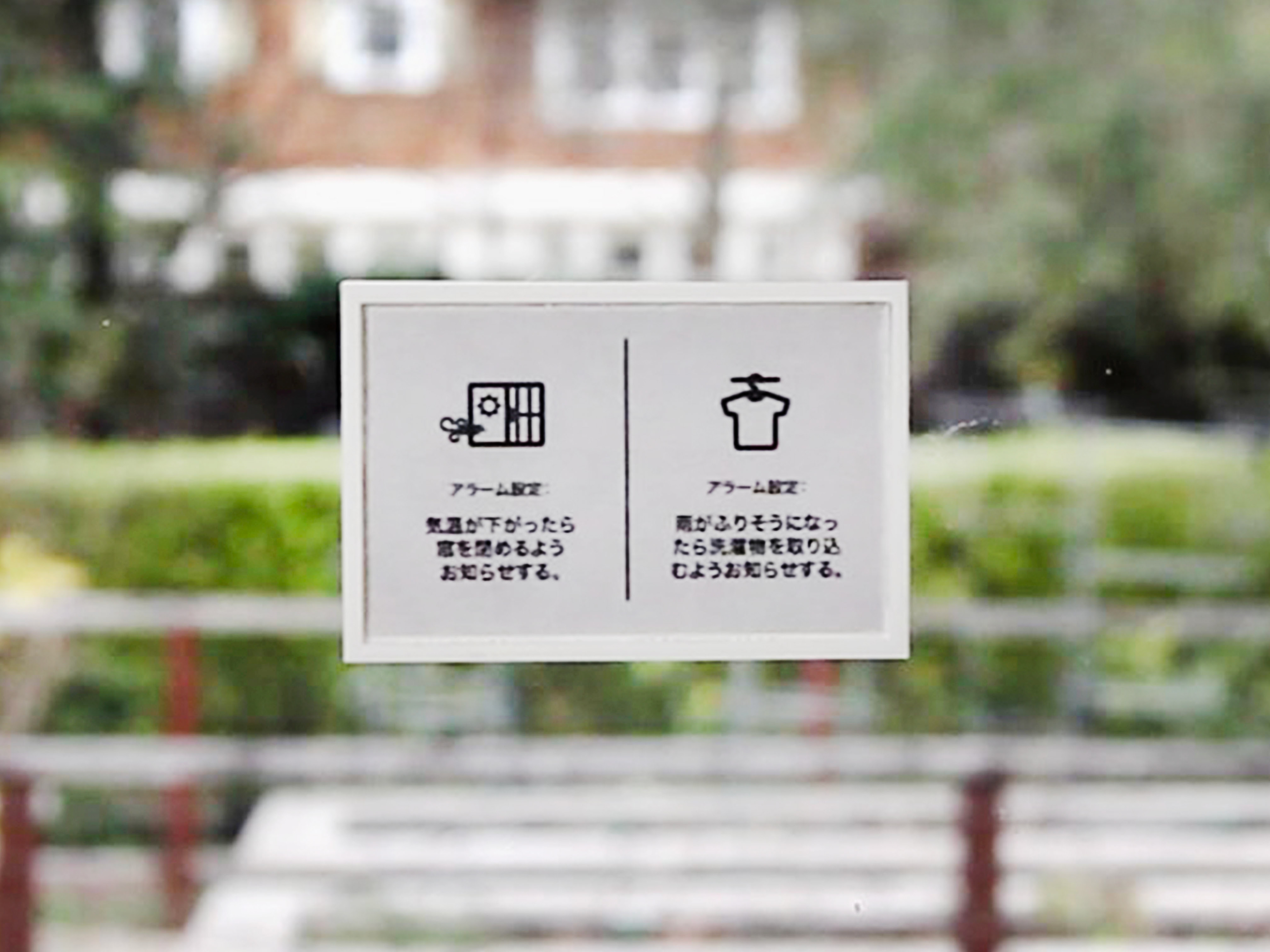
Contextually Relevant
A light switch is normally positioned at the entrance/exit of the room or space as it is the most logical place to put them. You want the light to be on up until the point where the space is to be unoccupied.
Lifeswitch can bring that kind of location based control to all kinds of appliances, products, and experiences. It can be molded into a controller that executes actions that are contextually relevant to where it is placed.
How It Works
LifeSwitch contains individual switches where each possesses a unique serial number. When that switch is pressed, it broadcasts it's unique signal which is picked up by a receiver connected to the router. The router which is connected to the internet will then lookup and confirm the associated task that is to be performed, then carry out the tasks.
Tasks carried out can include changing the state of appliances and devices, creating notifications, and sending messages.
THE TECHNOLOGIES
Lifeswitch hinges on 3 technologies. Piezo-electric switches can generate enough energy to send an electric signal from a single button actuation.
E-Paper can passively display a GUI without drawing any power. NFC can be used to wirelessly power a device and send data.
SYSTEM ARCHITECTURE [Home Devices]
SYSTEM ARCHITECTURE [Cloud Services]
How It Is Customized
To change the functions of the buttons on LifeSwitch, the user can assign new functions to each button of the device through an application. The user then places the phone on the LifeSwitch which transmits the new GUI and power, which is used to refresh the e-paper screen, to LifeSwitch. The serial number of the LifeSwitch is received by the phone, and on successful update, notifies the server through the phone application to confirm the change of functions on the LifeSwitch.
CUSTOMIZATION OF THE DEVICE
Opportunity - Japan Loves Panels
Homes in Japan have a lot of panels. Born from an obsession with convenience, Japan has created many types of panels solving a multitude of high value pain points resulting in a wide adoption of many types of these panels in all modern Japanese homes.
Every modern home in Japan will have at minimum an intercom, water heating control panel,
A PANEL TO FILL THE BATHTUB - IN THE KITCHEN
One example of that illustrates Japan's convenience culture is the bathtub control panel that is installed in the kitchen. This allows the home maker to set up the bath without needing to leave the kitchen while they cook dinner which is the optimal time period to start the bath before other family members begin to arrive home.
JAPANESE CONSTRUCTION REGULATIONS ISSUE
Unlike the United States, it is against the law to perform any electrical affiliated work without a licensed electrician. This makes it difficult for people to modify their home with
IMPROVING USER WAY FINDING
While the dislike for multi-gang switch outlets is easily observable during the day to day, Amazon's review section revealed several user modifications to tackle the way finding issue on their own which led to less than ideal aesthetic execution.
Project Goal
The LifeSwitch concept was created as a byproduct of an attempt to show other divisions within Panasonic our group's ability to innovate and create valuable products utilizing their technology.
The idea to outreach other divisions, learn about their users/technologies, and build products started as a solo attempt by me. My efforts appealed to many other group members whom contributed their time and budgets to realize my concepts into working proof of concepts.
My main goal was to appeal to other divisions not only by presenting comprehensive concepts, but also by exhibiting the process that enabled their creation.
Project/Product Development
This project took the course of 3 months from idea to a fulling working in-home testing kit. The project was fortunate to have several engineers to donate some time to get it built so I could fully focus on planning, story building, and prototyping. I have included some artifacts of the work done for LifeSwitch below
PROTOTYPES AND RENDERS
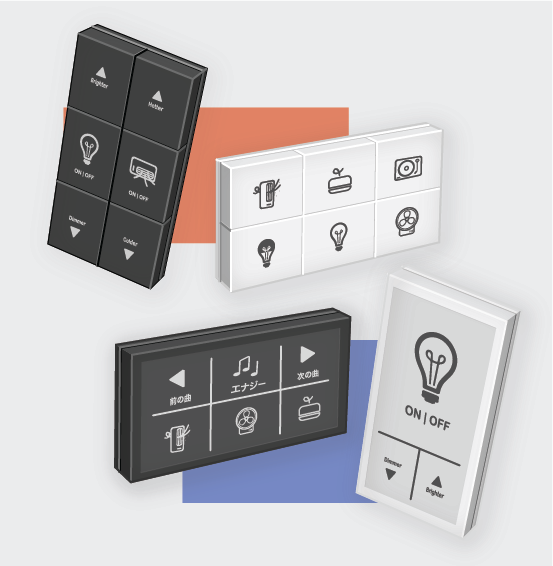
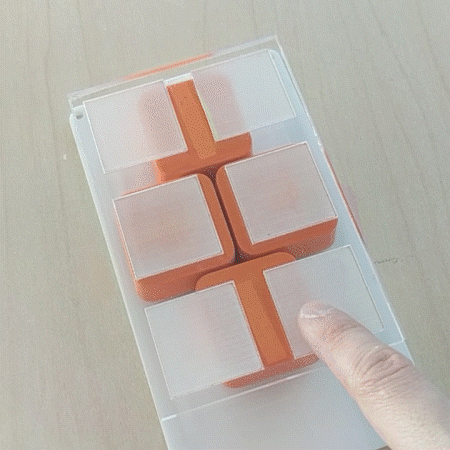
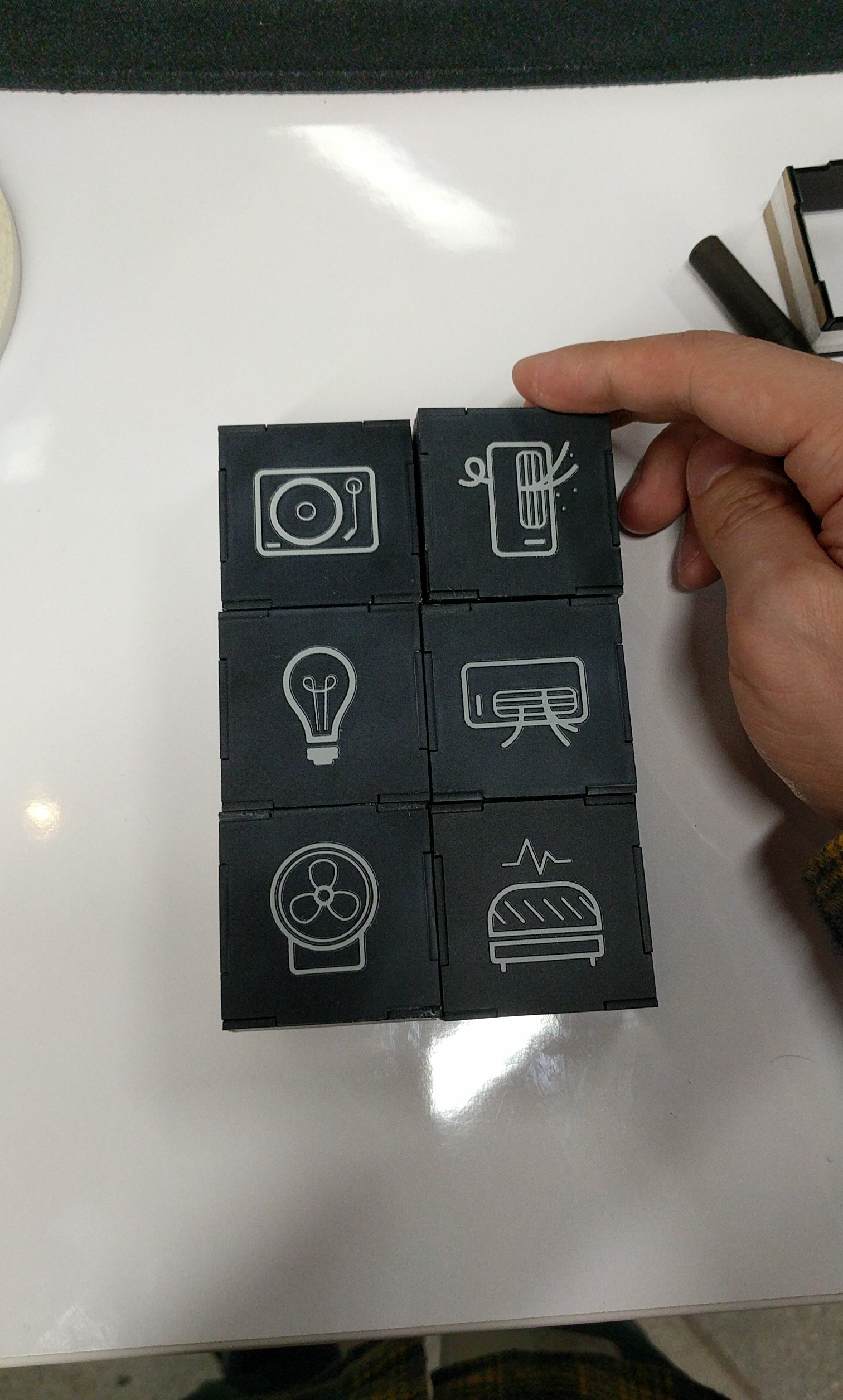
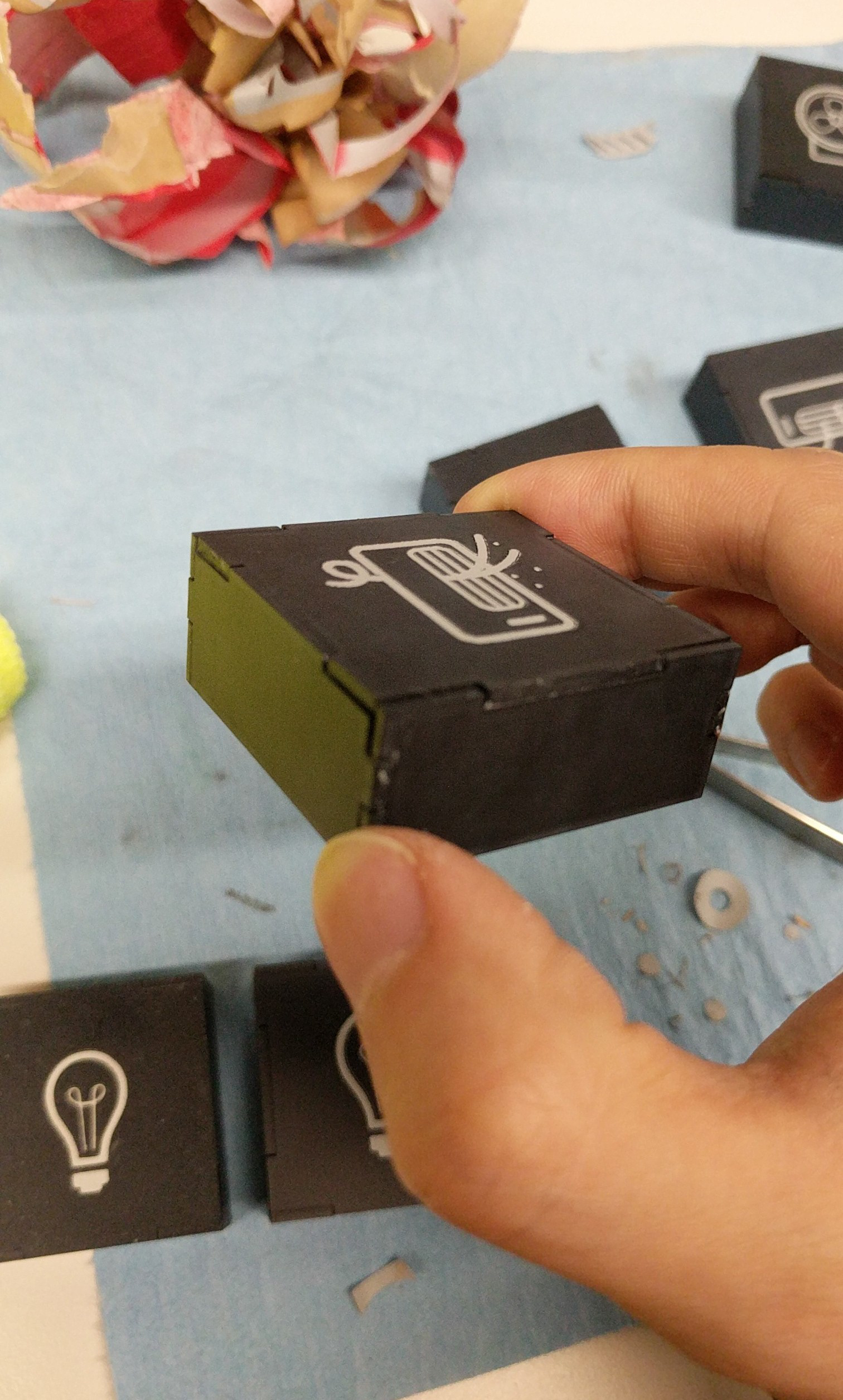
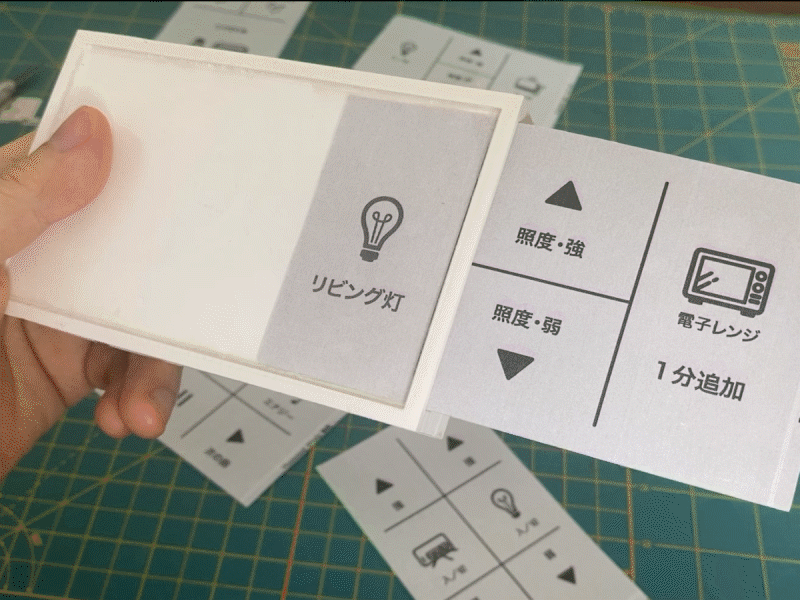
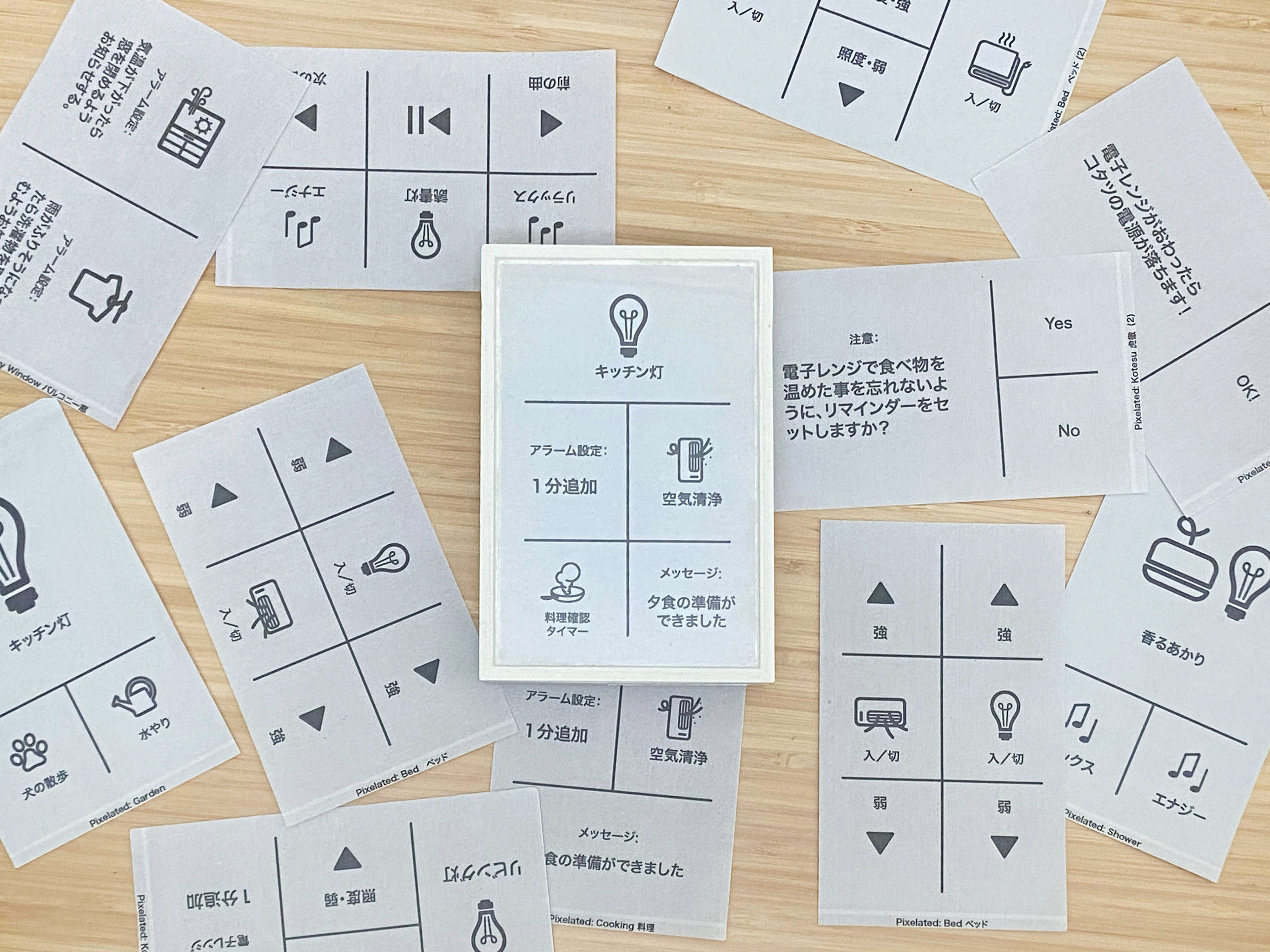
ENGINEERING PROOF OF CONCEPT
Utilizing a customized android application, we were able to send power to the E-Paper screen through NFC to change the interface. This action also reassigns the light color and luminosity settings in the server to a new parameters therefore changing the function of the ENY battery-less button underneath.
HYPOTHETICAL BUSINESS STRATEGY
We framed LifeSwitch as a entry product for another service that was in development in Beta called HomeX. HomeX was a product focused on bringing new in-home experiences utilizing data gathered from monitoring in-home user behavior. The main problem with HomeX was that it had a steep price point as it was a system that came built into a premium house, making it inaccessible to many people in Japan.
LifeSwitch, which would become another data collection point in a HomeX house, would also act as a inexpensive entry point the the HomeX system by offering simple home control backed by the HomeX function suggestion system.
English version of the pitch sheet used to gather funding and stakeholders from within Panasonic.
VIDEO FOR INTERNAL SALES
Being an early Kickstarter enthusiast, I understood the power of the use of videos to showcase a product. Although not a videographer by any means, I planned, shot, and produced a video to be shown to internal stakeholders.
Results
This project resulted in the product manger of the ENY product to transfer the project and his team to Panasonic Beta.
As for the Lifeswitch itself, because of the nature of our group as R&D, Lifeswitch sits in a portfolio products that can be further developed and released by Panasonic in the future. Patent is currently pending.